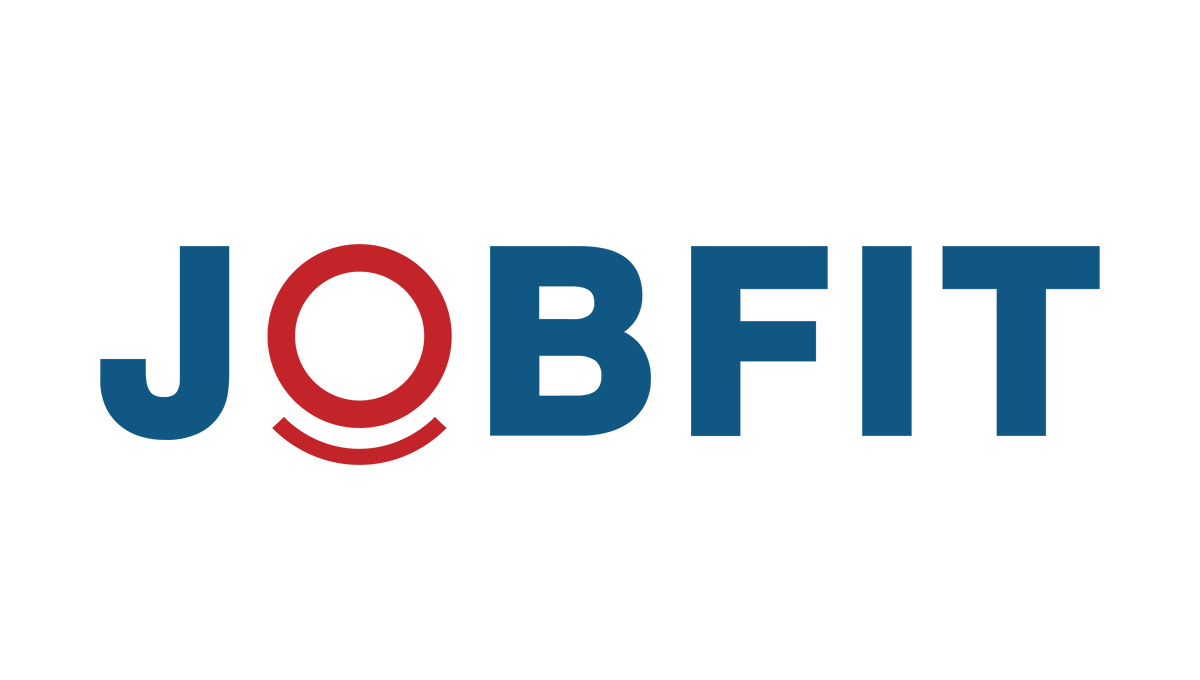Preventing back and neck pain when working from home should be actively encouraged by employers who have staff working remotely.
Before the Coronavirus (COVID-19) pandemic hit the globe, only a small percentage of employees worked either partially or full-time from home. However, many non-essential workers have been forced to work from home to help stop the spread of Coronavirus.
However, most residential settings do not have the space to accommodate ergonomic office furniture, nor most people invest in it. Those who work from home are likely using their computer on a regular table, the kitchen bench top, or on the bed or a chair. Consequently, these workers will eventually have an unhealthy posture at the end of their working day.
Luckily, preventing back and neck pain when working from home needn’t be as difficult as you might think. There are a few preventative measures you can take to ensure you can fulfill your job role without feeling discomfort in the process.
1. Angle Your Screen Properly
One major issue that’s likely to cause neck pain is the position of your laptop or computer screen. If you must regularly look down to see your work, you’re going to experience strain. Changing the height and angle of your screen to make sure that you are looking directly at the laptop or computer without having to turn your neck or tilt your head will make your shift a lot more comfortable, reducing the likelihood of associated discomfort.
To minimise eye strain from too much screen time, do not work with your back at the window because the light coming in will cause a glare on the screen. Moreover, avoid working facing a window as you will be staring into the light.
2. READ DOCUMENTS WITH A STRAIGHT BACK
Placing documents or perhaps a tablet on top of a table to read through information or instructions will cause you to hunch over the surface, encouraging very bad posture. Making the subconscious decision to pick up whatever it is that you are reading to hold it at eye level will allow you to maintain a straight back, stopping your pain and discomfort in both your neck and back. Leaning over to read can even cause eye strain, so it’s generally a bad idea.
3. Sit Right Back
Though you may not have enough room to fit a full size ergonomic chair at home, one thing that you can do to improve the way that you feel when in a seated position is to sit as far back in your chair as possible. Putting your backside at the base of the back of your chair will allow you to press your back up as straight as possible, helping you to maintain the very best posture whilst you work. Try and avoid sitting on a chair that doesn’t have any back, as this will encourage you to slump and curl over to stay balanced.
4. Give Yourself A Reason To Move
Staying in one seated position all day is a leading cause of back and neck pain. Importantly, you need to get up and move regularly to release tension in your muscles and joints. Give yourself a reason to move by putting your water bottle in another room. This will encourage you to get up from your chair and take a short walk whenever you need a drink.
5. Limit working on your bed
A bed is not a working space because your legs will be crossed horizontally to support the laptop. That is too low for optimal screen viewing, so you will have to hunch over to see properly. But if the bed is your only option to work, put a cushion under your laptop. Alternatively, use a low table over your legs so you can work at a comfortable height without having neck pain.
Smart employers recognise their biggest asset is their workforce. Maintaining and promoting workplace health amongst employees leads to better morale, reduced lost time and improved productivity.
For more information about our health and wellness services, please contact us.


